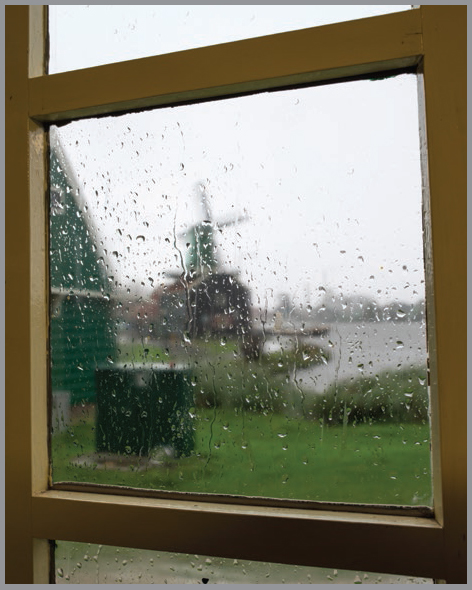Using Fisheye Lenses Only for Gimmicky Shots

Fisheye lenses are pricey (around $700, give or take) but they have a lot of potential—if you know how to use them correctly. Think of fisheye lenses like costly saffron seasoning; it needs to be used sparingly, but dishes prepared with this delightful flavoring are usually haute cuisine. Throw one or two fisheye shots into your wedding coverage for extra pizzazz.
Using a fisheye correctly requires practice and discretion as to when and where it is appropriate (mainly on non-moving subjects, for starters). Any object that needs to stay straight (with no warp) must be placed in the middle of the frame. For a horizon not to bend, it needs to be aligned smack across the “equator” of the image.
Practical Examples
Scott Nelson’s beautiful bridal image (facing page) is a great example of correct placement of subject in a fisheye shot. Coincidently, the divider panels of the middle door slats are positioned in the right place to run straight across the image horizontally with very little warp. Of course, the bride has to be in the middle of the frame to keep her from bending out of shape (that’s usually the role of the mother of the bride).
These images from the Netherlands (below) demonstrate how a rather mundane image can be turned into something that invites the viewer to look twice. The “made you look” image on the left was obviously created with a fisheye lens (16mm). The horizon is flat because it is in the middle of the frame, whereas the straight road outside the window is depicted as curved because it is nearer the bottom of the frame.


A normal window (below) and a normal scene outside—sort of blah, right? Shooting it with a fisheye lens (left) transformed it into something much more interesting.

Scott Nelson positioned the bride perfectly for this fisheye portrait.